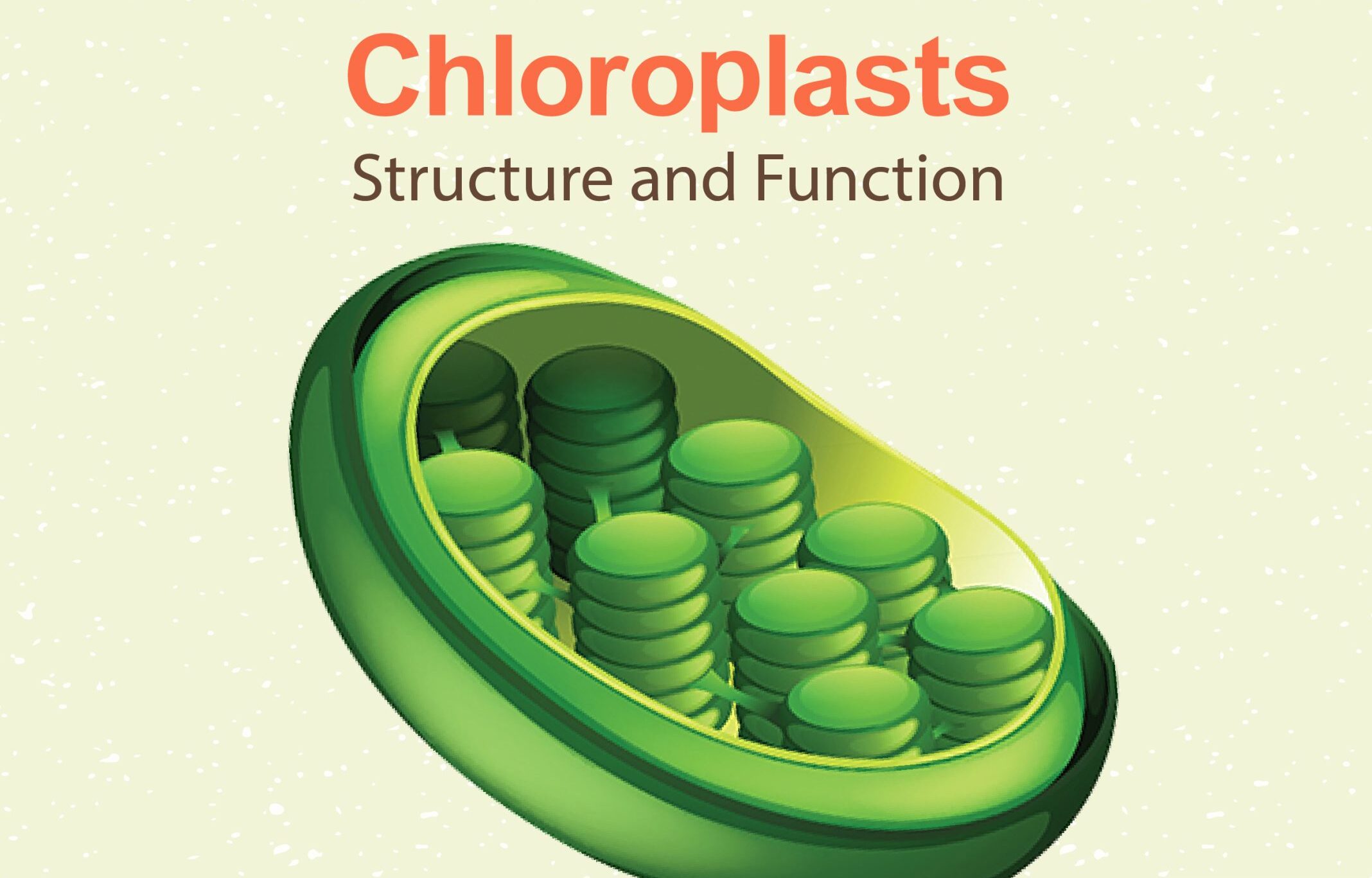
Chloroplasts are fascinating and crucial organelles found in plant cells. These small green structures are responsible for photosynthesis, the process that converts sunlight into energy. While most people are familiar with the basic function of chloroplasts, there are several surprising facts about these organelles that many are unaware of. From their ancient origins to their ability to change shape, chloroplasts present an awe-inspiring array of features. In this article, we will delve into eight surprising facts about chloroplasts that will deepen your understanding of these remarkable cellular components. Get ready to be amazed as we explore the mysteries and wonders of chloroplasts!
Key Takeaways:
- Chloroplasts were once free-living organisms, like tiny superheroes that joined forces with plant cells through endosymbiosis, becoming essential for plant survival.
- Chloroplasts are not just green powerhouses; they can multiply, change color, communicate with the nucleus, and even defend plants. They’re like versatile multitasking superheroes in the world of photosynthesis!
Chloroplasts Were Once Free-Living Organisms
Believe it or not, chloroplasts have a fascinating evolutionary history. They were once free-living cyanobacteria that were engulfed by ancient eukaryotic cells through a process called endosymbiosis. Over time, they developed a symbiotic relationship with their host cells, eventually becoming essential for the survival of plants and some protists.
Chloroplasts Have Their Own DNA
Unlike most organelles, chloroplasts contain their own DNA, known as chloroplast DNA (cpDNA). This DNA encodes a set of genes necessary for the organelle’s function, including genes involved in photosynthesis. The presence of its own genetic material suggests that chloroplasts have retained some autonomy even after millions of years of evolution.
Chloroplasts Can Multiply within Plant Cells
One remarkable characteristic of chloroplasts is their ability to multiply within plant cells. Through a process called binary fission, chloroplasts can divide and replicate their DNA, resulting in an increase in the number of chloroplasts within a cell. This multiplication ensures that plant cells have an adequate supply of chloroplasts to carry out efficient photosynthesis.
Chloroplasts Are Not Limited to Green Color
While chloroplasts are commonly associated with their green color due to chlorophyll, they can also come in different colors. Some organisms have chloroplasts with pigments that give them a red, orange, or even brown hue. These variations in pigment composition allow these organisms to adapt to different light conditions and maximize their photosynthetic efficiency.
Chloroplasts Engage in Communication with the Nucleus
Chloroplasts collaborate closely with the cell’s nucleus to regulate their activities. They send signals to the nucleus to adjust the expression of genes involved in chloroplast development and function. This communication ensures that the nucleus and chloroplasts are in sync, optimizing the coordination of photosynthesis and cellular processes.
Chloroplasts Play a Role in Plant Defense Mechanisms
Chloroplasts not only produce energy but also participate in the plant’s defense mechanisms. In response to stress, such as pathogen attack or changes in environmental conditions, chloroplasts release signaling molecules that help activate the plant’s immune system. This ability to contribute to plant defense highlights the versatility of chloroplasts beyond their primary function in photosynthesis.
Chloroplasts Can Move within Plant Cells
Contrary to popular belief, chloroplasts are not stationary within plant cells. They can actually undergo movement in response to light conditions. Through a process called phototropism, chloroplasts reposition themselves within the cell to optimize light absorption. This movement helps plants maximize their energy production by exposing chloroplasts to the most favorable light intensity.
Chloroplasts Are Found in More Than Just Plant Cells
While chloroplasts are most commonly associated with plant cells, they have also been discovered in some types of algae and protists. These organisms, known as photosynthetic eukaryotes, possess chloroplasts that share many similarities with those found in plants. The presence of chloroplasts in diverse organisms underscores the significance of these organelles in the evolution and sustenance of life on Earth.
In conclusion, the 8 surprising facts about chloroplasts reveal the remarkable features and functions of these organelles. From their evolutionary origins as independent organisms to their ability to communicate and defend plants, chloroplasts play a pivotal role in sustaining life through the process of photosynthesis. Understanding these fascinating facts enhances our appreciation for the complexity of the natural world and the vital importance of chloroplasts in the ecosystem.
Conclusion
In conclusion, chloroplasts are fascinating and essential organelles found in plant cells. They play a crucial role in photosynthesis, converting sunlight, water, and carbon dioxide into energy-rich molecules like glucose. However, chloroplasts have more surprises in store beyond their primary function. From their ancient origins to their involvement in plant responses to environmental stimuli, chloroplasts continue to captivate scientists and researchers.
FAQs
1. What is the function of chloroplasts?
Chloroplasts are responsible for carrying out photosynthesis, the process by which plants convert sunlight, water, and carbon dioxide into glucose and oxygen.
2. Where are chloroplasts found?
Chloroplasts are found in the cells of green plants, including leaves, stems, and other green parts. They are particularly abundant in the cells of the mesophyll tissue, where photosynthesis primarily occurs.
3. Can chloroplasts be found in any other organisms besides plants?
While chloroplasts are primarily associated with green plants, they can also be found in some algae and a few other photosynthetic organisms.
4. How do chloroplasts capture sunlight?
Chloroplasts contain green pigments called chlorophylls that absorb light energy. These pigments are located in specialized membrane structures called thylakoids, where they capture sunlight for the photosynthetic process.
5. Can chloroplasts move within a plant cell?
Yes, chloroplasts can move within a plant cell. They can change their location in response to light intensity, availability of carbon dioxide, and other environmental factors.
6. Are chloroplasts only involved in photosynthesis?
No, chloroplasts have other functions besides photosynthesis. They are involved in the production and storage of various metabolites, synthesis of hormones, and play a role in plant responses to stress and signaling pathways.
7. Can chloroplasts divide and replicate?
Yes, chloroplasts have their own DNA and can divide and replicate within a plant cell. This process is similar to bacterial cell division and is essential for the growth and maintenance of chloroplast populations.
8. Are chloroplasts a recent evolutionary innovation?
No, chloroplasts have an ancient origin. They are thought to have evolved from cyanobacteria through a process known as endosymbiosis, where a host cell engulfed a photosynthetic bacterium, forming a mutualistic relationship.
Chloroplasts' surprising facts barely scratch the surface of their fascinating world. Unraveling endosymbiotic theory's extraordinary facts reveals how chloroplasts evolved from independent organisms. Astonishing facts about light reactions shed light on the intricate process of converting solar energy into chemical energy. Exploring light-dependent reactions' fascinating facts uncovers the critical steps that kickstart photosynthesis. Delving deeper into these topics will broaden your understanding of chloroplasts' remarkable role in sustaining life on Earth.
Was this page helpful?
Our commitment to delivering trustworthy and engaging content is at the heart of what we do. Each fact on our site is contributed by real users like you, bringing a wealth of diverse insights and information. To ensure the highest standards of accuracy and reliability, our dedicated editors meticulously review each submission. This process guarantees that the facts we share are not only fascinating but also credible. Trust in our commitment to quality and authenticity as you explore and learn with us.


